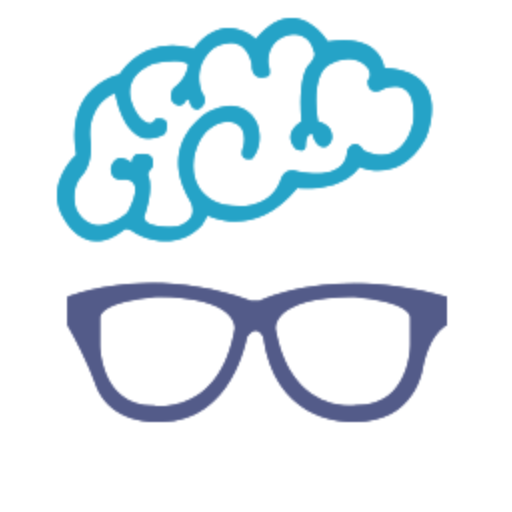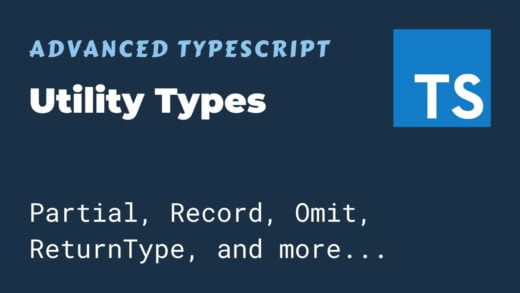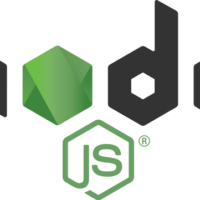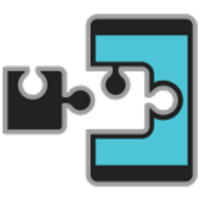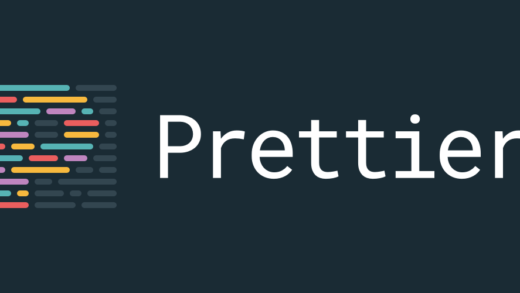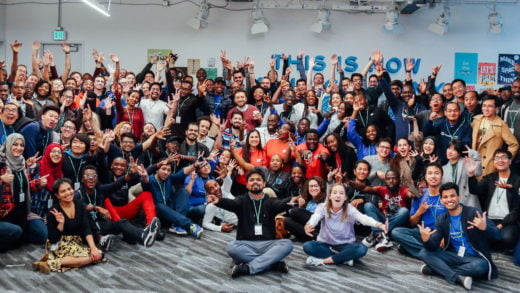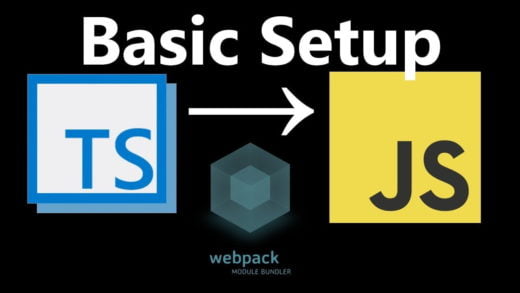The key distinction between frontend and backend web development lies in their roles: frontend refers to the client-side (the visible part on a screen), while backend denotes the server-side (the behind-the-scenes of a website).
These two types of development are different yet integral to each other, much like two halves of a whole.
The effectiveness of a website depends on how well these two areas communicate and function together. Neither is more crucial than the other; both are essential for web development.
Now, let’s focus on the frontend, the part that users, like our dog-treat customers, will encounter first.
While frontend development focuses on the visual and interactive elements of a website, it’s distinct from web design.
Frontend developers are not responsible for designing the website’s visual aspects. That role falls to web designers, particularly UI designers. Frontend developers take the provided designs and turn them into functional web elements using the languages we’ve discussed.
Web designers concentrate on the aesthetic aspects: the site’s appearance, layout, and user touchpoints. In contrast, frontend developers focus on the technical side, converting these designs into an operational and interactive website.
Your gourmet dog treat bakery has soared in popularity, and now customers are eager to buy in bulk online. To meet this demand, you decide to launch an online store where customers can easily make purchases. This new venture requires handling product details, purchase records, user profiles, and credit card information.
To manage this influx of data and kickstart online treat deliveries, you’ll need to delve into backend programming.
Up to this point, your website has been static, meaning its content doesn’t change much. In static websites, all the information needed for the webpage is embedded in the frontend code.
While static sites are excellent for displaying information about businesses or portfolios, transforming your site into an interactive platform requires a deeper exploration of the mechanics behind the website.
This is the realm of backend development, essential for creating a dynamic, user-interactive website.
Frontend Development
The frontend of a website encompasses what you see and engage with in your web browser. This client-side part includes all the elements a user interacts with: text, colors, buttons, images, and navigation menus.
Imagine you’re starting a gourmet dog treat bakery and need a website to showcase your business and location to customers.
You might want to feature photos and information about your products. For this, you’ll require frontend development https://www.sombrainc.com/expertise/front-end.
Frontend Developer Earnings
On average, frontend developers in the United States earn a notable $91,325, as per our frontend developer salary guide.
Salaries vary depending on location, skills, and experience.
However, frontend developers generally earn significantly more than the national average, especially in countries like the U.S. and Australia.
Front End Development Languages
For frontend development, these three languages are essential:
HTML
HTML is the foundational markup language that structures web content for browser display. You can explore more about HTML in our beginner’s guide.
CSS
CSS works alongside HTML, dictating the styling of a website’s content, including layout, colors, fonts, and more.
JavaScript
JavaScript is a scripting language used for dynamic elements like dropdown menus, modal windows, and contact forms.
These three form the visual foundation of a webpage, whether it’s for online shopping, reading news, checking emails, or searching on Google. They’re aptly regarded as the building blocks of the web.
Additional Frontend Tools
Beyond these core languages, you’ll encounter additional tools that enhance frontend development, such as frameworks and libraries.
Web frameworks and frontend libraries aim to streamline coding by offering tools and templates that work with standard coding languages.
Here’s a look at some well-known frontend frameworks:
- Bootstrap
- Django
- Angular
- Express
- Svelte
And common JavaScript libraries include:
- jQuery
- React
- Vue.js
- Redux
For those focusing on design, CSS preprocessors like SASS and LESS are also crucial.
There’s a vast array of such resources, each offering different tools for various languages and functionalities.
